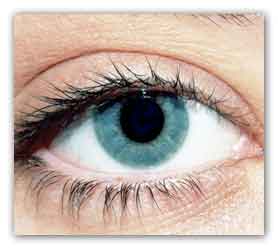|
Brain plasticity, defined as the capability of
cerebral neurons to change in response to
experience, is fundamental for behavioral
adaptability, learning, memory, functional
development, and neural repair.
The visual cortex is a widely used model for
studying neuroplasticity and the underlying
mechanisms.

Plasticity is maximal in early development, within
the so-called critical period, while its levels
abruptly decline in adulthood. Recent studies,
however, have revealed a significant residual
plastic potential of the adult visual cortex by
showing that, in adult humans, short-term monocular
deprivation alters ocular dominance by
homeostatically boosting responses to the deprived
eye.
In animal models, a reopening of critical period
plasticity in the adult primary visual cortex has
been obtained by a variety of environmental
manipulations, such as dark exposure, or
environmental enrichment, together with its critical
component of enhanced physical exercise.
Among these non-invasive procedures, physical
exercise emerges as particularly interesting for its
potential of application to clinics, though there
has been a lack of experimental evidence available
that physical exercise actually promotes visual
plasticity in humans.
Here researchers report that short-term homeostatic
plasticity of the adult human visual cortex induced
by transient monocular deprivation is potently
boosted by moderate levels of voluntary physical
activity. These findings could have a bearing in
orienting future research in the field of physical
activity application to clinical research.
For more information
Current Biology
A cycling lane for brain rewiring, A.Sale, C. Lunghi,
7 dicembre 2015,
http://dx.doi.org/10.1016/j.cub.2015.10.026.
Link...
MDN |